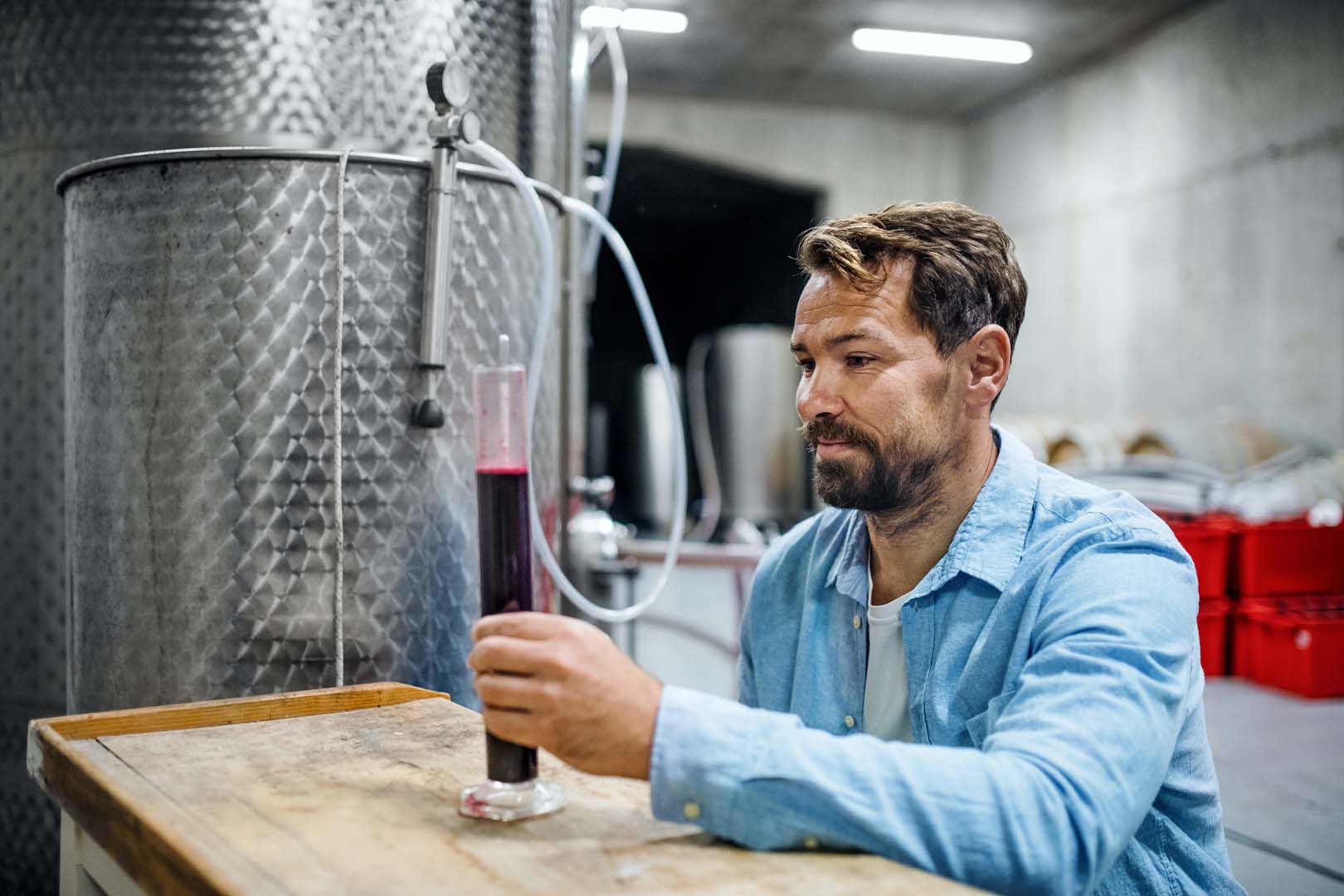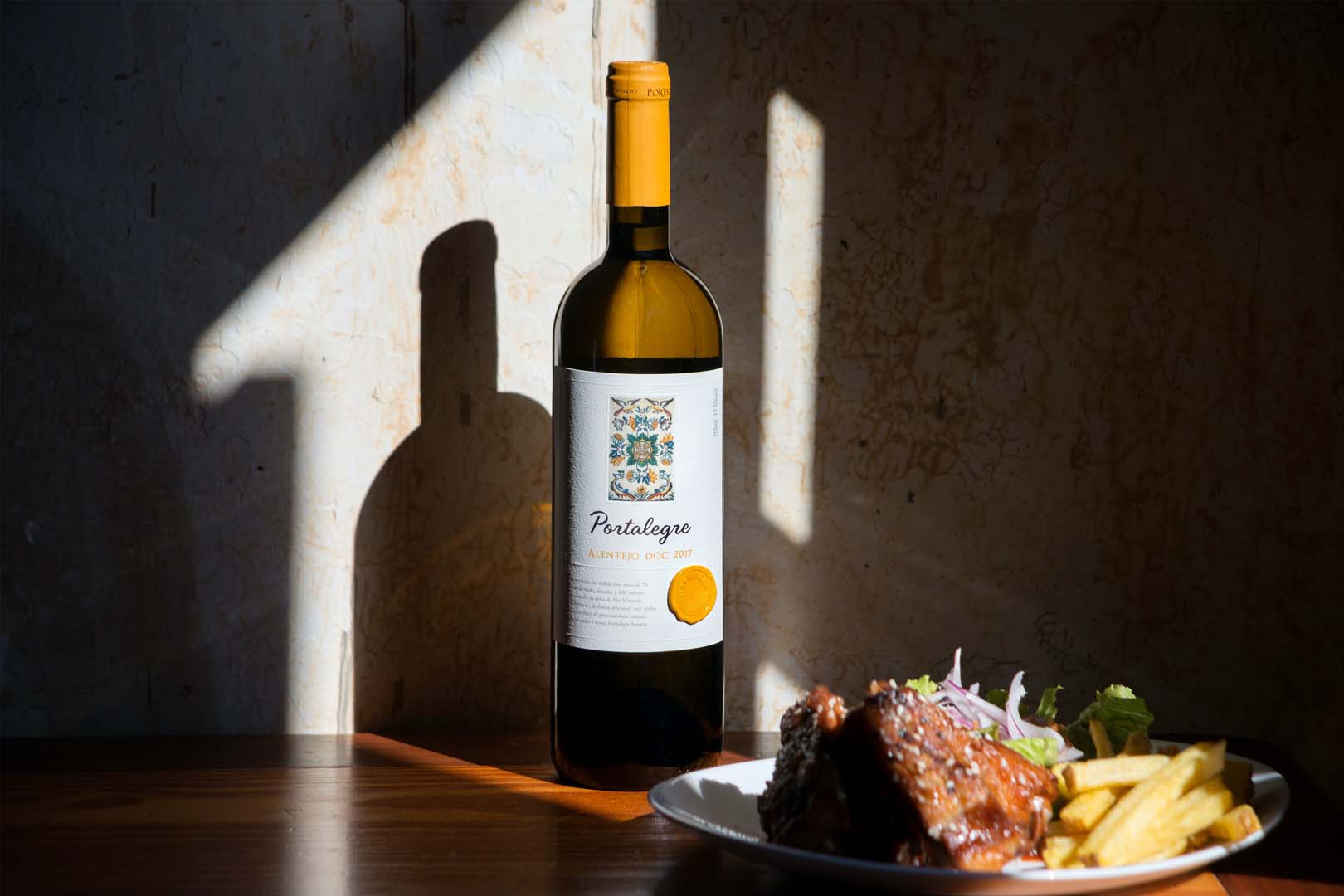Beyond the Bottle: Storytelling as a Key Ingredient in Beverage Marketing
In the ever-evolving landscape of digital marketing, storytelling has emerged as a key player, particularly in the alcohol and beverage industry. This article delves into the essence of effective brand storytelling and its significant impact on content creation within this dynamic sector.
The Essence of Storytelling in Marketing
Storytelling in marketing is more than a mere trend; it's an essential strategy that connects brands with their audiences on a deeper level. For the alcohol and beverage industry, this means creating narratives that resonate with customers' experiences, aspirations, and emotions.
Why It Works: Emotional Connection and Brand Loyalty
Effective storytelling taps into the emotional core of the audience. In the context of beverages, this could involve evoking memories, celebrating moments, or enhancing the consumer's lifestyle image. This emotional connection fosters brand loyalty and aids in creating a strong brand identity.
Strategies for Crafting Compelling Stories
- Understand Your Audience: Knowing your audience is the first step in crafting a story that appeals to them. This involves demographic research, understanding consumer behavior, and identifying what drives their purchasing decisions.
- Authenticity is Key: Authentic stories that reflect a brand’s values and mission are more likely to create a lasting impact. For alcohol and beverage brands, this could mean highlighting heritage, craftsmanship, or unique ingredients.
- Visual Storytelling: Utilizing visuals such as high-quality images, videos, and graphics can enhance storytelling. This is particularly effective in showcasing the product, its environment, or lifestyle associations.
- Leverage Social Media: Social media platforms are ideal for storytelling. They allow for interactive and engaging content, which can range from behind-the-scenes looks to customer testimonials.
- Consistency Across Channels: Consistent storytelling across all marketing channels strengthens brand identity and message.
Case Studies: Successful Storytelling in the Beverage Industry
Storytelling has become a pivotal strategy in marketing, particularly in the beverage industry, where it helps brands connect with their audience on a more personal and emotional level. Here are five case studies that exemplify successful storytelling in the beverage industry:
Coca-Cola: "Share a Coke" Campaign
Background:
Launched initially in Australia in 2011, Coca-Cola's "Share a Coke" campaign personalized bottles with popular names.
Storytelling Aspect:
The campaign's storytelling centered around the idea of sharing and personal connection. Each bottle told a personal story, encouraging consumers to find bottles with names of friends or family members, fostering a sense of community and personal touch.
Outcome:
The campaign was a massive success, leading to a significant increase in Coke's sales and social media engagement. It was rolled out globally due to its effectiveness.
Guinness: "Made of More" Campaign
Background:
Known for its iconic, often emotionally resonant ads, Guinness launched the "Made of More" campaign to emphasize the brand's heritage and quality.
Storytelling Aspect:
The campaign featured stories of extraordinary human achievements and resilience, aligning these qualities with the Guinness brand. One notable ad featured a group of friends playing wheelchair basketball, revealing at the end that only one of them needed the wheelchair.
Outcome:
This campaign strengthened Guinness's brand identity as one that celebrates strength of character and community, resonating deeply with audiences worldwide.
Absolut Vodka: Artistic Collaboration
Background:
Absolut has a long history of collaborating with artists, starting in the 1980s with Andy Warhol.
Storytelling Aspect:
These collaborations tell a story of creativity, innovation, and artistic expression. Each bottle becomes a canvas for a new story, connecting with audiences who appreciate art and creativity.
Outcome:
This approach has helped Absolut maintain a distinctive and culturally relevant brand image, appealing to a demographic that values art and creativity.
Red Bull: Extreme Sports and Adventure
Background:
Red Bull has positioned itself as much more than a beverage brand; it's a lifestyle brand associated with extreme sports, adventure, and high-energy activities.
Storytelling Aspect:
Red Bull tells stories of adventure, endurance, and pushing the limits. This is exemplified in events like the Red Bull Stratos, where Felix Baumgartner did a freefall jump from the stratosphere.
Outcome:
This storytelling strategy has cultivated a strong brand identity that resonates with a young, adventurous demographic, driving brand loyalty and engagement.
Starbucks: "Meet Me at Starbucks" Campaign
Background:
Starbucks has long positioned itself as the "third place" between home and work. The "Meet Me at Starbucks" campaign was a global initiative to reinforce this idea.
Storytelling Aspect:
The campaign featured real stories from Starbucks locations worldwide, showcasing how people meet and interact at their local Starbucks. It highlighted the role of Starbucks as a place for connection and community.
Outcome:
This campaign reinforced Starbucks's image as a community hub, strengthening customer loyalty and emphasizing its role in customers' daily lives beyond just a coffee shop.
Each of these case studies demonstrates how effective storytelling can not only enhance a brand's image but also create deep emotional connections with consumers, leading to increased brand loyalty and business success.
Conclusion
In conclusion, effective brand storytelling in the alcohol and beverage industry is not just about selling a product; it's about crafting a narrative that engages, inspires, and resonates with the audience. As a digital marketer, leveraging the power of storytelling in content creation can lead to deeper customer connections, enhanced brand identity, and, ultimately, business success.

 By
By

